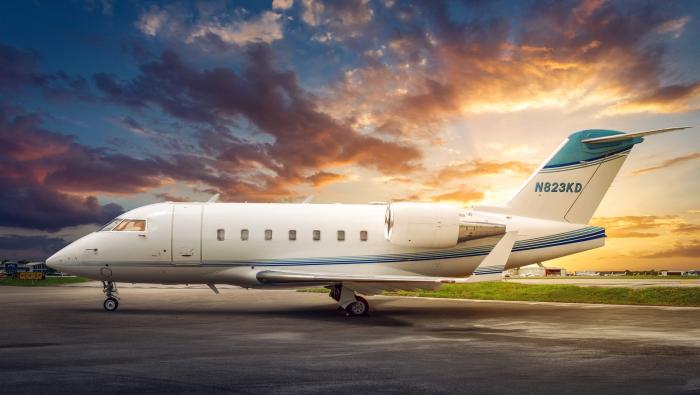“It won't be easy, there will be anger, but the result will be improved safety,” air boss Ralph Royce told more than a hundred members of Brazil's airshow community who gathered November 11 and 12 at the second ASA (Agenda de Show Aéreo) convention at São Paulo Campo de Marte Airport. Royce and International Council of Air Shows president John Cudahy came to share the “experience often bought with blood” that define the standards resulting in a steady decline in accidents at airshows in the U.S. and Canada.
“The intent is to help the learning curve, to make it steeper,” Cudahy explained. Royce added, “To keep them from stepping in the same bear traps we stepped in.”
Brazil's only astronaut, Marcos Pontes, kicked off the two-day event focusing on airshows not as an end in themselves, but as a way to interest children in aviation and more broadly in STEM (science, technology, engineering and math) education. He explained how an air force pilot's showing his airplane to a barefoot boy led Pontes to Brazil’s air force academy, the acrobatic flight squad and on into space. He is now under contract to NASA in Houston, and one of his activities is “Arraial Aero” airshows in Brazil with auxiliary exhibits for children, which he will expand from one in past years to four in 2018.
The $300 million U.S. and Canadian airshow industries united under ICAS and implemented a self-regulation program, with the FAA and Transport Canada endorsing industry recommendations. Acrobatic performers are certified in a multi-stage peer review process, starting with certification to perform above 800 feet and descending in stages to lower ceilings, with experience required and evaluations made before each new clearance. Empirically the most dangerous certifications, the first and the last, to perform between 250 feet and ground level, require approval by two peers.
Spectator safety is paramount, with ICAS explaining its required setbacks from crowds, with more potent aircraft keeping farther off, except for level passes, and markers that “must be visible from two miles, when flying upside down,” and ban on trajectories that in an accident could project debris toward spectators.
The Americans explained the whys behind the rules, and ICAS offered its 20,000-page archive of technical documentation. “You may not adopt the same solutions we have, but you will meet the same problems,” Royce advised. The choosing of the first peer reviewers will be a difficult moment, he added, as those performers not picked will likely make some noise.
ICAS' safety efforts continue to evolve, as it works toward a similar program to qualify air bosses, “the individual who controls the event aviators' activities in accordance with the waiver,” is Royce's description. Which he further clarified, “He's not the FBO operator's nephew.” He emphasized the importance planning and communication, “Your airshow is made at the briefing…every briefing point was learned in someone else's blood.”
Organized by the Brazilian Air Force's Esquadrilha de Fumaça acrobatic team, the meeting set as its goals settling an airshow calendar without conflicts in 2018, creating a local chapter of ICAS and projecting a safety strategy. Squadron commander Lt. Col. Líbero Onoda Luiz Caldas said, “There's a lot of work to be done, but it started today.” And that after the initial push to create a civilian group, “Fumaça will pass the ball.”
Civil aviation agency ANAC representative Wagner de Souza Morais praised the inclusiveness of the meeting. “Whenever everyone sits down and understands each other's views, it breaks down barriers and leads to more rational discussions,” he told AIN.
The final speaker, Francisco Lyra, former ABAG chairman and organizer of the biannual IBAS International Brazil Air Show at Rio Galeão Airport in 2017—which he assured will happen again in 2019—was praised by Caldas as one of those who have kept the initiative moving forward. Lyra spoke against the background of a remastered Super 8 film of Brazil's first Air Salon at São José dos Campos in 1973, including a brief shot of a Bob Hoover loop, and explained how that show sparked his life in aviation.
Cudahy said that both China and Brazil have sought ICAS' advice, but Brazil has advanced further, praising the involvement of individuals from all of the stakeholders. “This is a unique and fragile opportunity. It has a shelf life. Don't wait, do it now. You may not have this opportunity again,” he urged.
Brazil will be sending a delegation—including Lyra, Caldas, Major José de Almeida Pimental Net, and ANAC's Marcus Romes—to ICAS' convention in Las Vegas early next month.







